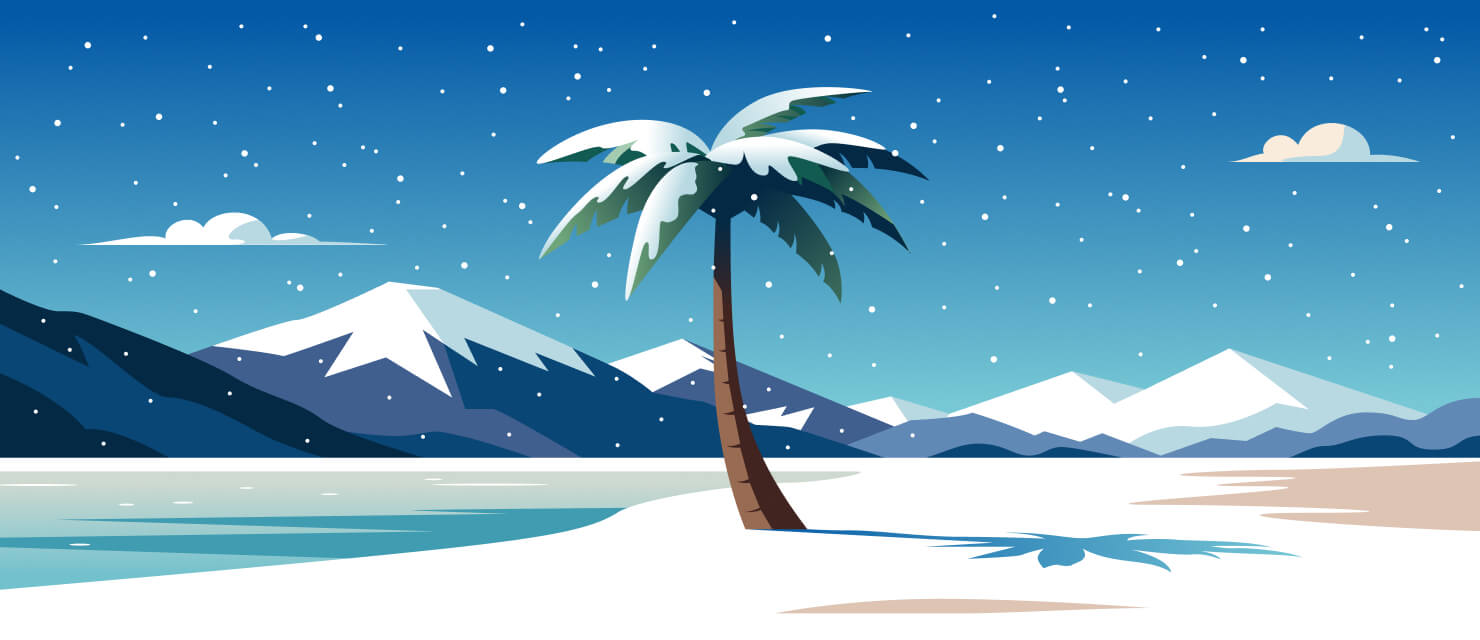Snow is typically associated with cold, wintry landscapes: Alpine mountains, frozen tundras, and temperate cities during the winter months. But what happens when snow falls in places known for their scorching temperatures? While rare, snowfall has occasionally blanketed some of the world’s hottest and driest regions, turning deserts and tropical landscapes into temporary winter wonderlands. In this article, we’ll explore some of the most remarkable instances of snow in hot climates and the science behind these unusual weather events.
How Does Snowfall Occur in Hot Climates?
For snow to form, temperatures must drop below freezing (0°C or 32°F), and there must be enough moisture in the air to create ice crystals. In typically hot regions, this combination is extremely rare but possible. A sudden cold front, a high-altitude moisture system, or an unusual shift in atmospheric pressure can sometimes bring snow to the most unexpected places. Climate change and shifting weather patterns have also played a role in increasing the frequency of unusual snowfall in traditionally warm regions.
Unbelievable Snowfalls in Hot Regions
Snowfall in hot climates often comes as a surprise, transforming familiar landscapes into stunning winter scenes. Below, we highlight some of the most remarkable instances of snow appearing in places where it is least expected.
1. The Sahara Desert – Snow in the World’s Hottest Desert
The Sahara Desert, the largest hot desert in the world, experiences some of the most extreme temperature variations. While daytime temperatures can soar above 50°C (122°F), nights can become surprisingly chilly. However, actual snowfall in the Sahara is exceptionally rare.
One of the most famous instances occurred in December 2016. The desert town of Aïn Séfra in Algeria woke up to a stunning sight of sand dunes dusted with white snow. This event shocked meteorologists and locals alike, as the last recorded snowfall in the Sahara had been in 1979. The snow melted quickly, but the contrast of white against the desert’s red sand created mesmerizing images. Aïn Séfra saw snow again in January 2018 and January 2021, suggesting that this phenomenon, while still rare, may be happening more frequently.
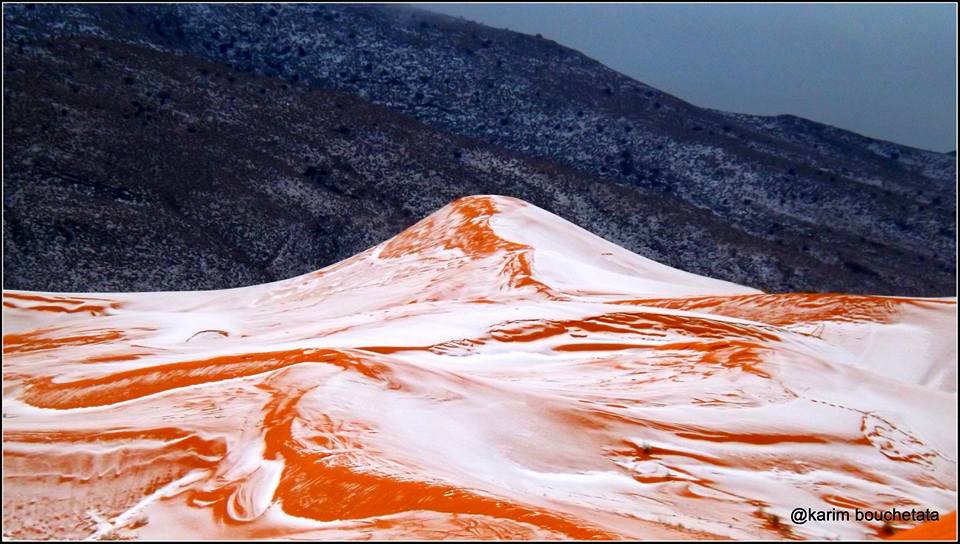
2. Saudi Arabia – Snow in the Arabian Desert
Saudi Arabia, home to vast desert landscapes and some of the hottest temperatures recorded on Earth, has experienced occasional snowfall in its northern regions. In January 2022, the desert regions of Tabuk and Asir were coated in a thick layer of snow, creating an almost surreal scene. These occurrences are linked to cold air masses moving down from Europe, which can occasionally push temperatures below freezing in the Arabian Peninsula.
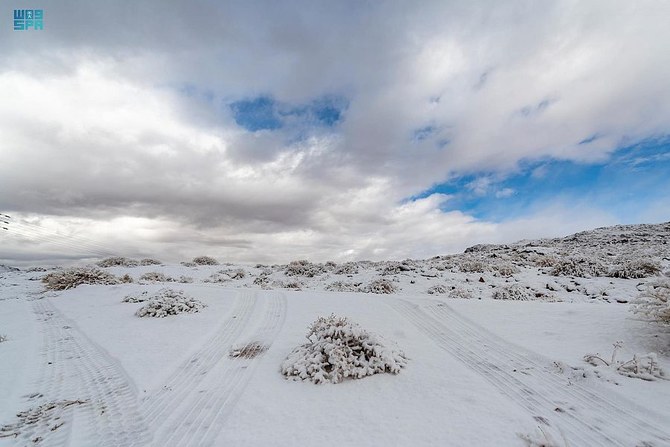
3. The Atacama Desert – Snow in the Driest Place on Earth
The Atacama Desert in Chile is known as the driest place on the planet. Some of its areas receive less than 1 millimeter (0.04 inches) of rainfall per year. Despite its extreme aridity, the desert has seen snowfall on several occasions. In July 2011, an Antarctic cold front brought up to 80 centimeters (31 inches) of snow to some parts of the Atacama, creating a breathtaking winter scene.
 Source: NASA
Source: NASA
This was one of the heaviest snowfalls recorded in the region in nearly 20 years. Similar, though less intense, snowfalls have occurred in 2013, 2017, and 2021. These events demonstrated that even the driest places on Earth are not immune to rare weather events.
4. Mexico – Snowfall in the Tropics
Mexico is typically associated with warm beaches, tropical jungles, and arid deserts, but snow has fallen in some of its more unexpected locations. The northern states, such as Chihuahua and Sonora, have experienced winter snowfall due to their higher altitudes. However, in December 1997, snow was reported in Guadalajara, a city that lies in the tropics and rarely experiences extreme cold. The city was covered in up to 30 centimeters (12 inches) of snow, marking one of the most unusual weather events in its history.
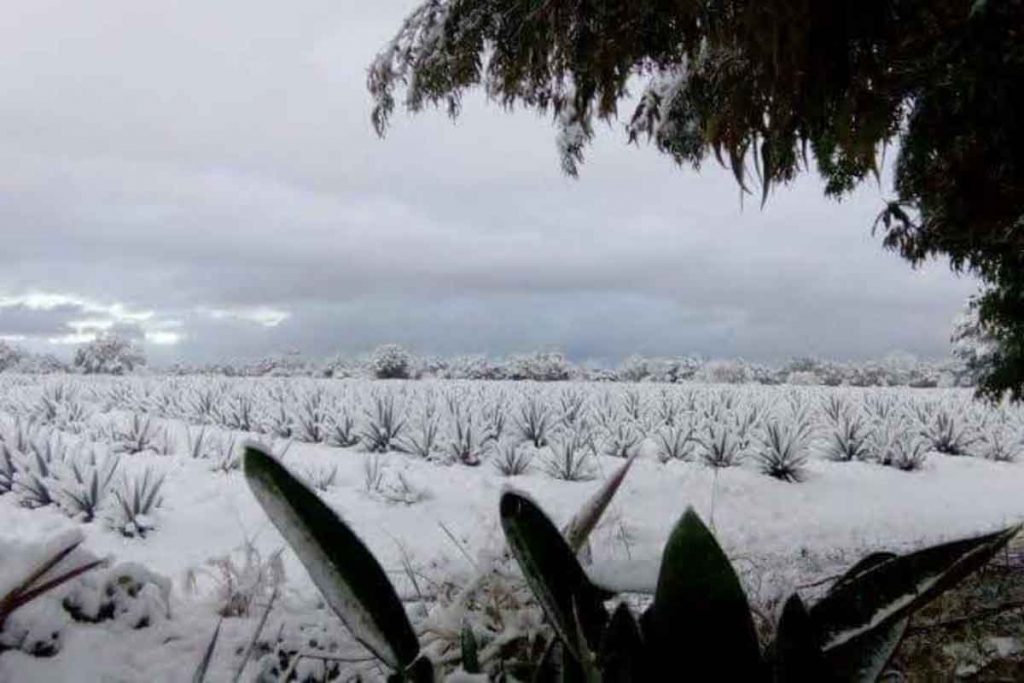 Source: @MiHermosaGuadalajara on Facebook
Source: @MiHermosaGuadalajara on Facebook
5. Hawaii – Snowfall on a Tropical Island
Hawaii is famous for its beaches and volcanic landscapes, but snow can occur in its higher elevations. The Mauna Kea and Mauna Loa volcanoes, which rise over 13,000 feet (4,000 meters) above sea level, frequently receive snowfall in winter. However, what shocked residents and tourists was the snowfall in lower areas. In February 2019, snow fell at an altitude as low as 6,200 feet (1,890 meters), blanketing parts of Maui’s Polipoli State Park.
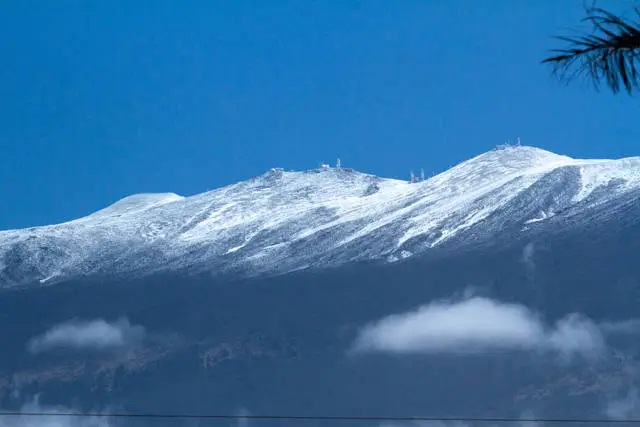 Source: David Schoonover
Source: David Schoonover
The Role of Climate Change in Unusual Snowfall
As global climate patterns shift, extreme weather events are becoming more frequent. The unusual snowfalls in hot regions may be linked to disruptions in atmospheric circulation, changes in ocean currents, and alterations in temperature patterns. While some of these snowfalls are part of natural variability, scientists are closely monitoring how climate change may be influencing these rare events.
Conclusion: A Winter Surprise in Unexpected Places
Snow in hot climates is a fascinating weather phenomenon. Although brief, it creates beautiful landscapes, challenges our understanding of weather, and gives a rare glimpse of winter in places where it’s least expected.
Will we see more of these rare snowfalls as climate patterns shift? Stay ahead of the next unexpected winter event with Rain Viewer—track live radar updates, temperature trends, and global storm patterns in real time.
